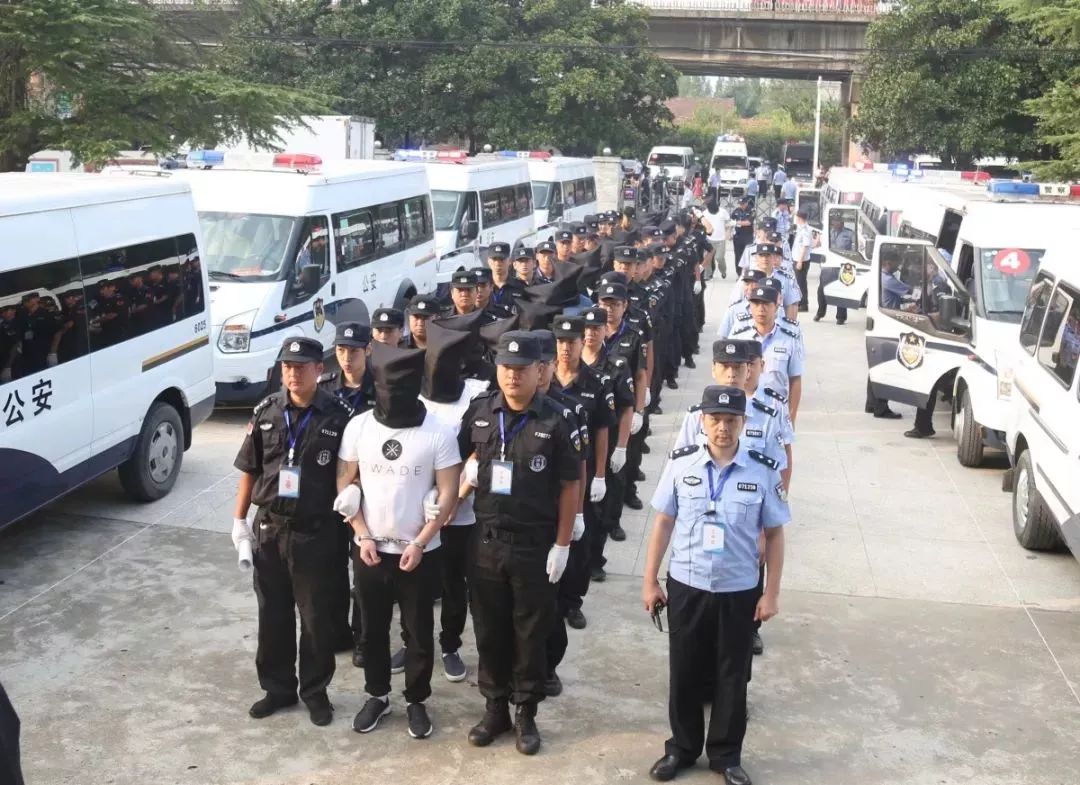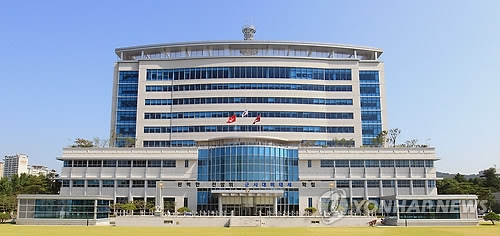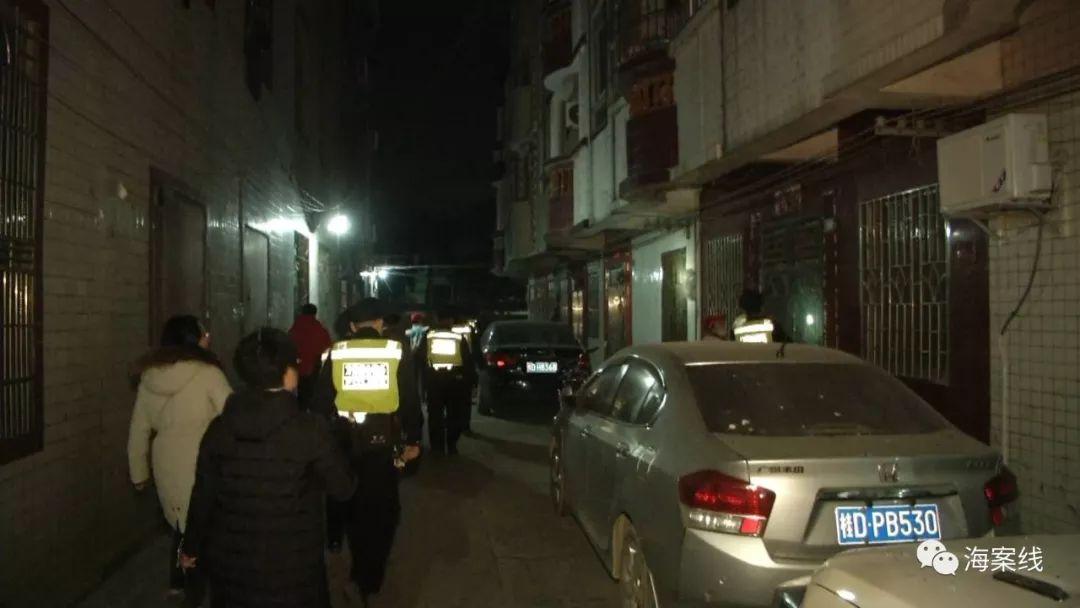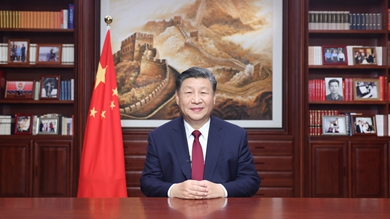什么时侯中考体育最好
Title: Understanding the Timing of Physical Education in Middle School
In many educational systems, physical education is a crucial component of the curriculum, aiming to promote students' physical fitness, health, and overall wellbeing. The timing of physical education classes, particularly concerning middle school students preparing for exams like the 中考 (Zhōng Kǎo) in China, is a topic of significance. Let's delve into the factors influencing the scheduling of physical education classes in middle school and provide guidance on optimizing students' academic and physical development.
Understanding the Importance of Physical Education:
Physical education plays a vital role in the holistic development of students. It not only contributes to their physical fitness but also enhances cognitive function, social skills, and emotional wellbeing. Research suggests a positive correlation between regular physical activity and academic performance, indicating that physically active students often exhibit better concentration, memory, and problemsolving abilities.
Considerations for Timing of Physical Education:
1.
Balancing Academic and Physical Demands:
Middle school students face increasing academic pressures as they prepare for exams like the 中考. Balancing academic coursework with physical education becomes crucial to ensure students excel in both areas.
Scheduling physical education classes strategically can prevent excessive fatigue or stress, allowing students to effectively manage their academic workload.
2.
Optimizing Learning and Performance:
Studies indicate that engaging in physical activity before academic tasks can improve cognitive function and learning outcomes. Therefore, scheduling physical education classes before challenging subjects or exams may enhance students' performance.
However, excessive physical exertion immediately before exams may lead to fatigue, impacting students' concentration and performance negatively.
3.
Considering Weather Conditions and Seasonal Factors:
In regions with extreme weather conditions, such as hot summers or cold winters, scheduling outdoor physical activities requires careful consideration.
Adjusting the timing of physical education classes based on weather forecasts and seasonal variations ensures students' safety and comfort during outdoor activities.
4.
Incorporating Flexibility and Variety:
Providing flexibility in scheduling physical education classes allows schools to accommodate other academic commitments and extracurricular activities.
Offering a variety of physical activities throughout the week caters to diverse student interests and preferences, promoting active participation and enjoyment.
Guidance for Schools and Educators:
1.
Collaborative Approach:
Schools should adopt a collaborative approach involving educators, administrators, parents, and students to determine the optimal timing of physical education classes.
Regular communication channels should be established to address concerns and feedback regarding the scheduling of physical education activities.
2.
Customized Timetables:
Schools can develop customized timetables that consider students' academic schedules, exam preparation periods, and individual needs.
Flexibility should be built into the timetable to accommodate unforeseen events or adjustments based on students' progress and feedback.
3.
Promoting a Culture of Physical Activity:
Beyond scheduled physical education classes, schools should foster a culture of physical activity by encouraging active breaks during academic sessions and providing opportunities for extracurricular sports and recreational activities.
Integrating physical activity into daily routines promotes longterm habits of healthy living among students.
4.
Continuous Evaluation and Adjustment:
Schools should regularly evaluate the effectiveness of the timing of physical education classes through student feedback, academic performance metrics, and health assessments.
Based on evaluation findings, adjustments can be made to the scheduling of physical education activities to better align with students' needs and optimize outcomes.
Conclusion:
The timing of physical education classes for middle school students, particularly in the context of exam preparation such as the 中考, requires thoughtful consideration and strategic planning. By balancing academic demands, optimizing learning and performance, considering weather conditions, and promoting flexibility and variety, schools can create an environment where students thrive both academically and physically. Collaborative efforts, customized timetables, promotion of physical activity, and continuous evaluation are key elements in ensuring the effective integration of physical education into the middle school curriculum.
By prioritizing the holistic development of students, schools can empower them to achieve success not only in exams but also in their overall health and wellbeing.
End of Document
版权声明
本文仅代表作者观点,不代表百度立场。
本文系作者授权百度百家发表,未经许可,不得转载。










